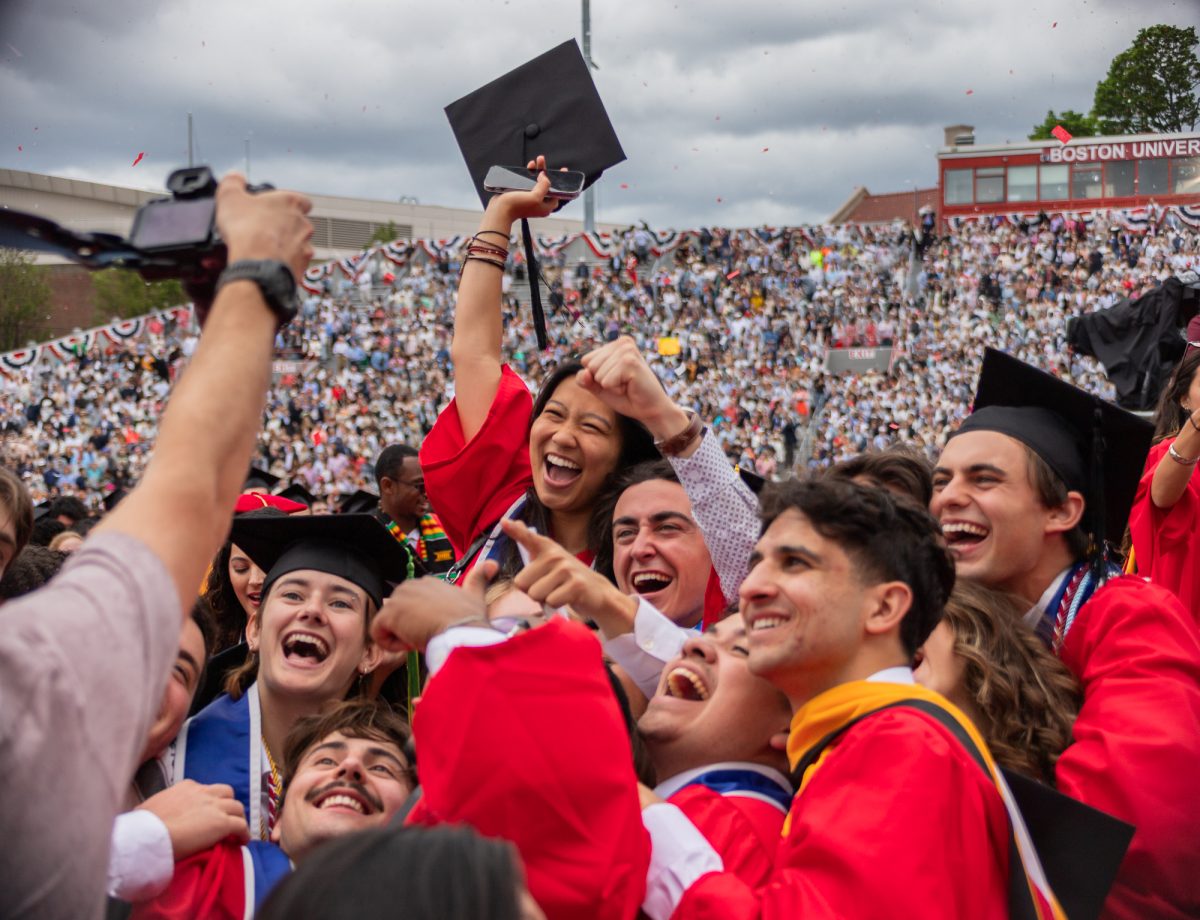Beauty and justice share the same synonym: fairness, a Harvard University professor said Thursday.
About 100 people attended Harvard professor Elaine Scarry’s “Beauty and Social Justice” lecture, held at the Photonics Center.
The lecture was part of the Humanities Foundation’s “Lectures in Criticism,” which began in 1982 and hosts four external speakers every year in addition to one member of theBoston University faculty, according to the Lectures in Criticism website.
Scarry is Harvard’s Walter M. Cabot Professor of Aesthetics and the General Theory of Value and the author of “The Body in Pain,” a National Book Critics Circle finalist in 1986, and “On Beauty and Being Just” in 1999.
Beauty is what attributes the object itself, such its color or vivacity. But beauty is also the response of the perceiver, Scarry said.
“When the eyes see something beautiful, the hands want to draw it,” she said.
“Beauty takes place right in front of our eyes whereas justice goes further,” Scarry said.
“The relation we have with the outside people of Boston, what we cannot reach with our fingertips.”
She talked about the aspiration for a “symmetry that puts into people’s mind the notion of justice and beauty, not visible in our relation with one another.”
This would be beneficial because symmetry of beauty stays longer than the symmetry of justice, and justice does not just describe beauty, she said.
Scarry also reiterated the Scottish philosopher, David Hume and his theory that says beauty is tied to the desire of bringing more and more into the world, as a distribution to express the wish that there will be enough beauty for everyone.
“The last side of beauty is what is inside the perceiver,” she said. “The reaction that does not happen in the first seconds . . . leads towards inspiration.”
Beauty demands a higher level of personal acuity because it raises the bar of what counts as seeing, listening or touching, she said.
Scarry used slides to show how contemporary art chairs inspire beauty through the materials used and the way pieces are assembled together.
“We are bound to the pressure of distribution: the quantity of beauty,” she said. “My preference in art is the realism and representation,” she said, “and what distinguishes beauty from justice in the content of a modern art object.”
Students said they appreciated the lecture and had not heard about some of the topics discussed in detail until listening to Scarry.
However one student, College of Arts and Sciences and College of Communication sophomore Elizabeth Jones said she thought the lecture was not what she expected.
“[Scarry’s explanations] were poetic but unsatisfying,” she said























































































































